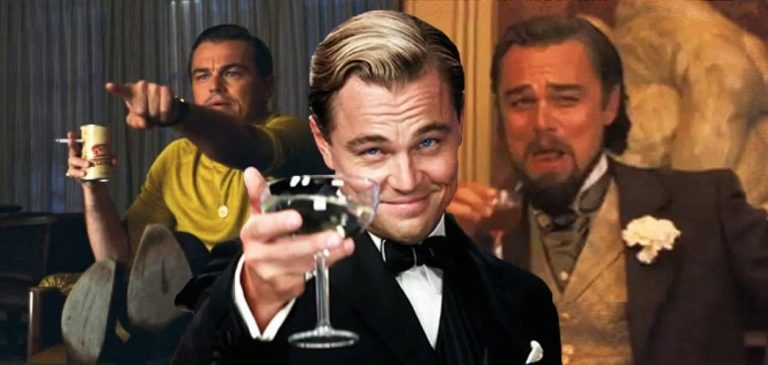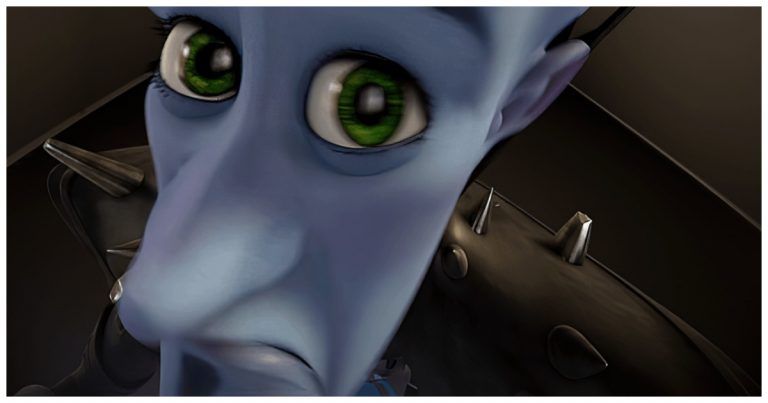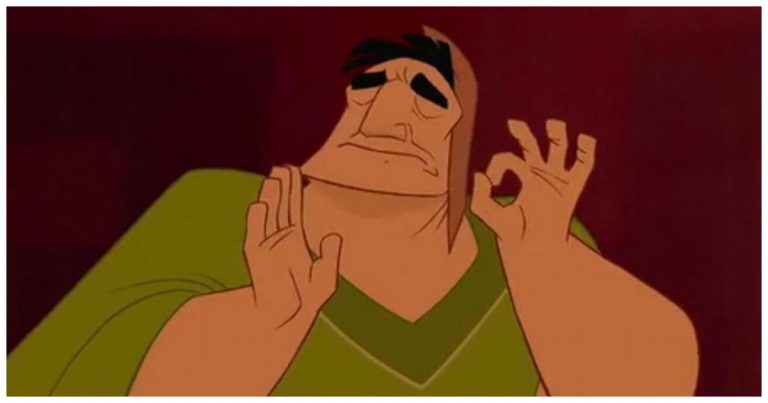What Is The “Kevin Nguyen” Meme? Origin, Stereotype Meaning & Why It’s Trending In Asian-American Humor
Picture this: a guy with a TikTok-perfect combover, a Supreme hoodie, a JUUL in one hand, and a boba tea in the other, texting “wyd” to 20 girls at once.
That’s the “Kevin Nguyen” meme—a satirical caricature of a clout-chasing, streetwear-obsessed Asian-American dude who’s become a staple of internet humor.
Since popping off around 2018, this meme has taken over TikTok, Twitter, and Instagram, poking fun at everything from dating flops to cultural quirks.
Let’s unpack its origins, what it represents, and why it’s a hit in Asian-American meme culture.
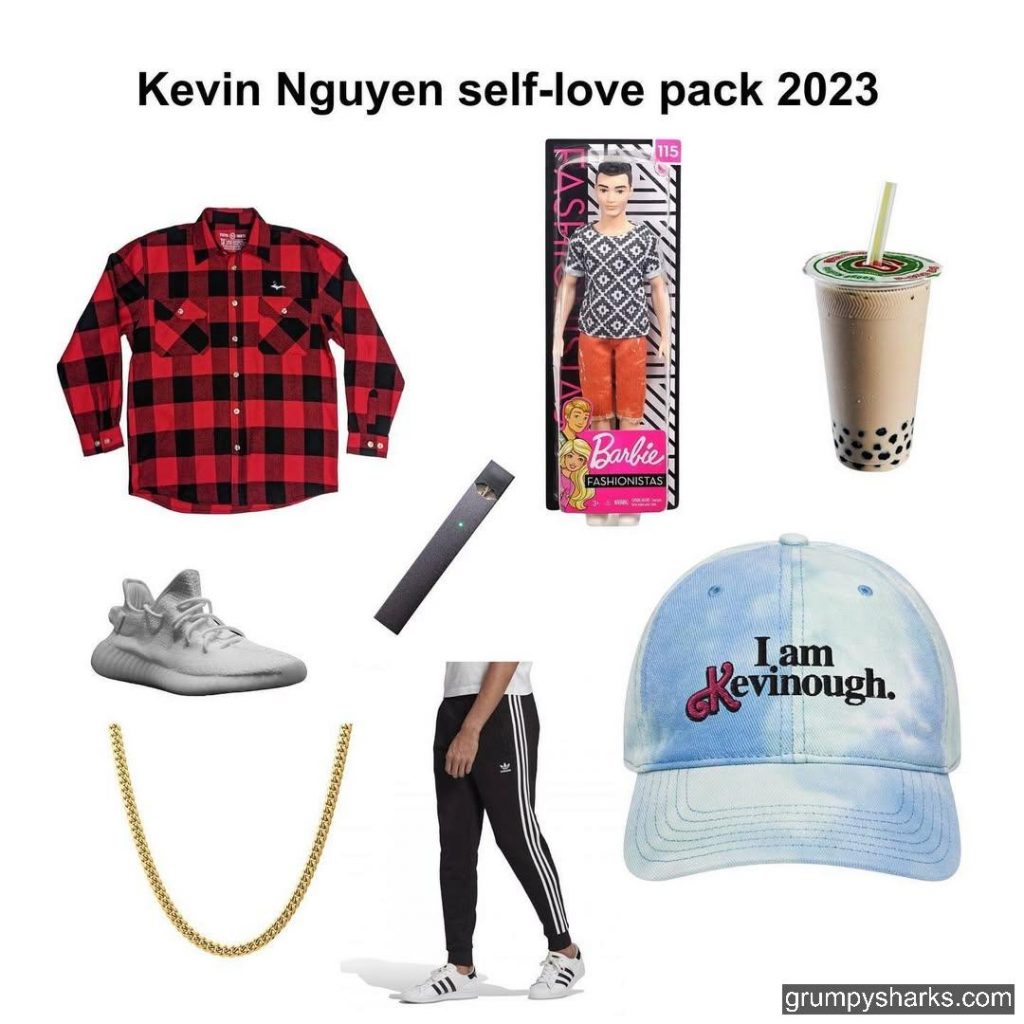
1. What Is the Kevin Nguyen Meme?
Who or what is “Kevin Nguyen” in meme culture?
The Kevin Nguyen meme is an ironic take on a certain type of Asian-American guy – think young, Vietnamese-American dude in streetwear fashion, with an obsession for raves, vaping, and being an “e-boy.”
He is the dude who slides into your DMs with “you up” and dresses up at a festival to post a shirtless picture with the caption “lowkey loyal.”
This meme emerges from Asian-American online communities offering commentary and humor on performative masculinity and clout-chasing behavior, often with a wink.
Is “Kevin Nguyen” the new digital stereotype for Gen Z Asian male behavior?
Absolutely. This meme perfectly combines fashion elements (Supreme, gold chains), dating behavior (ghosting after texting a few flirty texts), and online cringe (overused TikTok dance moves) through the lens of a cultural stereotype.
It is not so much about people named Kevin Nguyen but rather it represents a vibe – an exaggeration of a character that is both relatable and easy to mock.
2. Where Did the Meme Come From?
Why the name “Kevin Nguyen”?
The name “Kevin Nguyen” is not incidental.
“Nguyen” is one of the most common Vietnamese surnames in the United States, and Vice noted shared by many thousands in Asian-American communities (Vice).
“Kevin” is one of the first and second-generation Asian-American respondents’ most popular American-name-chosen first-names and blends appropriately with “Nguyen”—essentially a shorthand for “party boy” stereotypes.
This is similar to calling someone a “Chad” or “Becky” where the names are culturally archetypes that can be instantly recognized.
Meme birth on Twitter and TikTok
The meme began sometime between 2018–2019, finding cultural currency among Asian Twitter and TikTok users.
On October 31, 2018, when user @oblyviann tweeted, “asian boys with fake hood accents make me laugh like okay kevin nguyen” and received more than 45,700 likes—along with accompanying cultural references and meme content.
Then came various images of Asian boys with dyed hair, skinny jeans, and self-performative “softboi” energy associated with Kevin Nguyen across media.
By 2019, the “Kevin Nguyen starter kits” were going viral featuring JUUL pods, bubble tea (boba), and rave wristbands returning to full observer-acclaimed, culturally-desirable currency.
3. What Does the Kevin Nguyen Meme Represent?
Satirical Take on Masculinity and Clout Culture
The meaning of the Kevin Nguyen stereotype is partly about critiquing and mocking a hyper-online, exaggerated form of toxic masculinity.
He is an Asian-American “f*ckboi” – he vapes, and then ghosted, dons the latest designer drip, and chases clout with TikTok thirst traps.
You can think of Kevin Nguyen as the lovechild of a frat bro and an e-boy with some boba obsession in the mix.
The meme exaggerates these behaviors to showcase some ludicrously shallow social behaviours and serves as a critique of performative coolness.
Meme as In-Group Critique
What is neat about the meme is that it has an in-group energy to it.
It has been mostly shared by Asian Americans, represented experiences and is in a sense a self-aware critique of cultural hybridism—young Asian dudes trying to make sense of their identity between suburban life and their ethnic identity.
It is a commentary on the “whiplash and failure of Vietnamese American assimilation”, with light-hearted jokes poking at the tensions of being Asian and standing out, while being pressured to being “normal”.
It’s not coming from a place of malice; more like looking back at a similar experience shared by others and laughing about it.
4. Common Meme Formats and Captions
Image Macros and Object-Labeling
The Kevin Nguyen meme formats are a canvas for creativity. Image macros show an Asian guy in stereotypical attire and captions that make statements like: “Kevin Nguyen vapes before ghosting you,” and “he texts ‘wyd’ and never shows up.”
Some reduce the guy to just “Kevin Nguyen,” and then label what he is texting about – in one version it is labeled “My self-esteem,” and in another it is “Every girl on Hinge.”
These formats circulate on platforms like Instagram in the account @asiansneverdie, where followers enter similar zingers.

TikTok Trends and POVs
TikTok is where the Kevin Nguyen character begins to have more life through skits or POV videos.
Creators parody his pick-up lines (“Yo, you’re like boba – sweet and I can’t get enough”) or make fun of the behavior and texting habits (spamming heart-eye emojis and ghosting).
Many of these videos include the hashtags #KevinNguyen and are often paired with dance challenges or the vibes of being at a festival that help the meme bleed into the wider Gen Z world.
5. Why the Meme Resonates in Asian-American Humor
Identity Through Satire
The Asian-American meme culture relies heavily on inside jokes.
It serves as a means for Asian-American Gen Z and Millennials to reflect and poke fun at their own dating customs, fashion preferences, or how they express certain quirks digitally and socially while instilling cultural meaning.
As the Daily Bruin observes, memes like these are one way for young Asians to come together on similar experiences, from boba runs to parental expectations.
Basically, it is a way to laugh at the diaspora lifestyle without outsiders having to understand it.
Is this meme a form of cultural venting?
Absolutely. The meme is a release valve for issues around stereotypes – a “model minority” stereotype or a stereotype surrounding dating and alternative double standards.
It calls out cringe-y behaviors (clout chasing or toxic flirting) that some people in the community realize are a problem, while humorizing it.
An example of cultural venting with humor to trot out on. Essentially, it affords Asian-Americans the opportunity to reclaim that narrative.
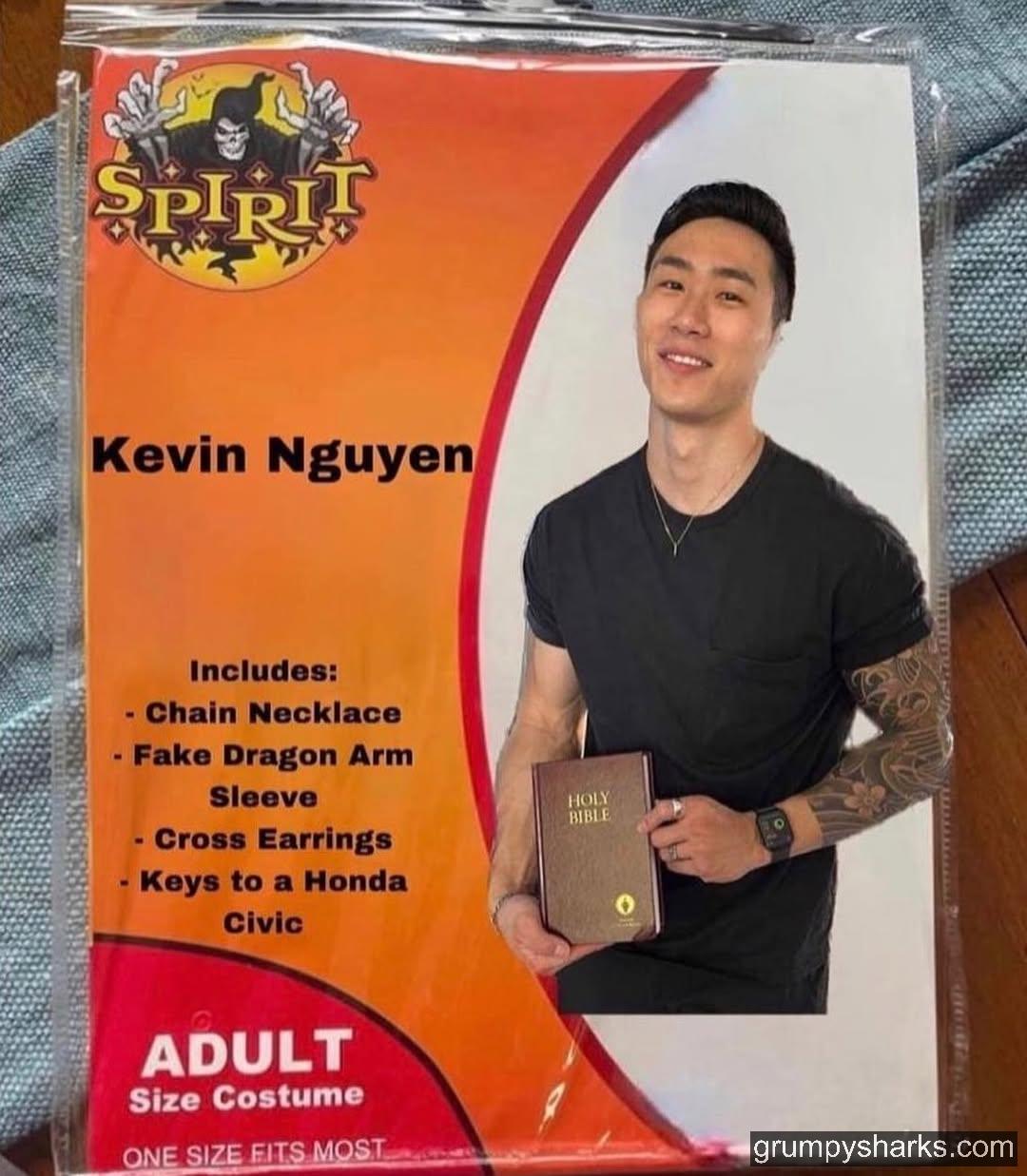
6. Controversy and Cultural Sensitivity
Risk of Reinforcing Stereotypes
There are valid reasons to criticize the Kevin Nguyen memes.
Some criticize them because they reinforce negative and harmful stereotypes of Vietnamese-Americans as unserious people or as toxic people.
This was also a point raised by Bulldog Times, since memes can “feel stale and banal,” and can in turn reinforce these already internalized biases, instead of dismantling them.
This is especially true for a narrow focus on Vietnamese identity, a distinction that can be somewhat painful, especially since the humor may not always translate to those not familiar with the earlier context.
Self-Parody vs Harm
When done by Asian-Americans, it approaches more of a self-parody, a way to have fun and laugh at our shared idiosyncrasies.
Without that context, a meme-replica can also feel more refusal to identify with the falsehood of just some party boy or their values, and be further identified with these clichés of toxic masculinity.
There is always that consideration of who is telling the joke, calling upon what nearby envelope in the new context, as well as who is the audience or listener.
Conclusion
The “Kevin Nguyen” meme is more than a jab at boba-sipping, vape-puffing Asian-American guys—it’s a cultural mirror, reflecting the highs and lows of diaspora life.
From its 2018 Twitter origins to its TikTok takeover, it’s become a staple of Asian-American humor, letting Gen Z and Millennials laugh at their own quirks.
Whether it’s a starter pack, a POV skit, or a savage caption, Kevin Nguyen captures the struggle of balancing identity, clout, and authenticity.
Love him or hate him, he’s here to stay—at least until the next meme takes his Supreme crown.

